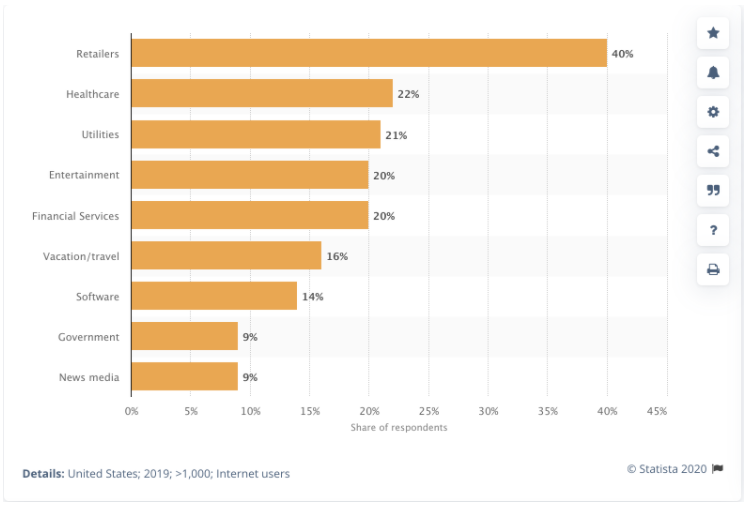The goal of automation is to accomplish a task with as little human intervention as possible. That can mean anything from scheduling emails in a CRM or marketing tool, using Zapier to automate tasks, or leveraging advanced technology to help with hiring.
In the context of future ecommerce trends, however, some of the most commonly talked about today are robotics and machine learning.
One good indicator of coming trends is funding — and this one is a winner. In just the last several months, an open source conversational AI platform for chatbots and voice apps received its fourth round of funding, and an autonomous forklift developer has raised $15 million.
Robotics.
Robotic devices, drones, and other autonomous vehicles are already being used to augment the supply chain — for instance, to find, identify, and transport items in warehouses. Plus, the U.S. is closer than ever to seeing fully autonomous freight vehicles on the road.
Machine learning.
The combination of machine learning/artificial intelligence and big data can do more than just automate — it can automatically optimize a number of processes that currently either take tremendous amounts of time and effort, or can’t be done at all.
One area it’s set to drive is increased ecommerce personalization that can help give customers a better store experience.
“Websites that recommend items you might like based on previous purchases are using machine learning to analyze your buying history,” said Jeff Goffinet of Dunn Solutions Group.
“Retailers rely on machine learning to capture data, analyze it, and use it to personalize a shopping experience, implement a marketing campaign, price optimization, merchandise supply planning, and for customer insights.”
This data capture and analysis can also help to identify potentially fraudulent or otherwise high-risk orders from your ecommerce store through touchpoints tailored to them.
Over time, says Goffinet, machine learning will require less and less involvement from data scientists for everyday types of app

This chart above shows the share of consumers who have engaged via chatbots, by industry — and retail already has significant adoption.
Don’t be afraid to start small and let it grow with your business. Just remember: the point of automation is to make less work for humans — not more. Otherwise, it’s just a shiny object.

Comments